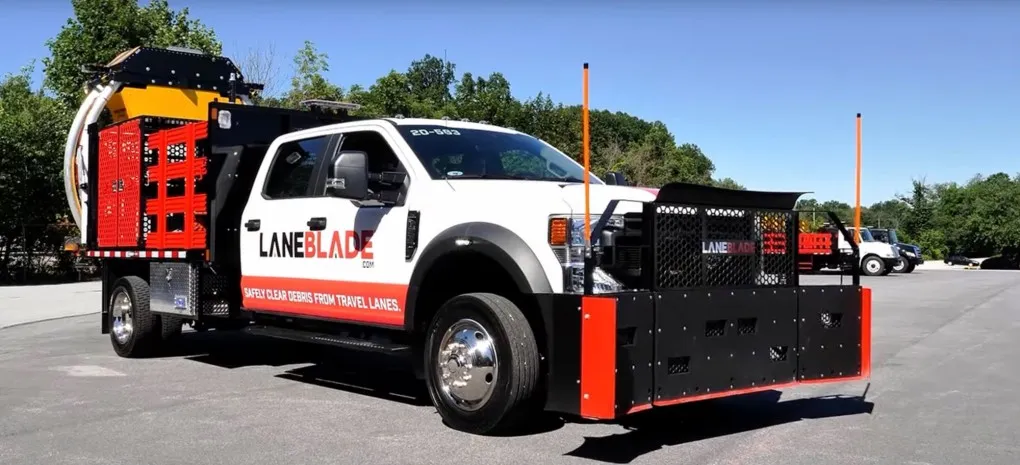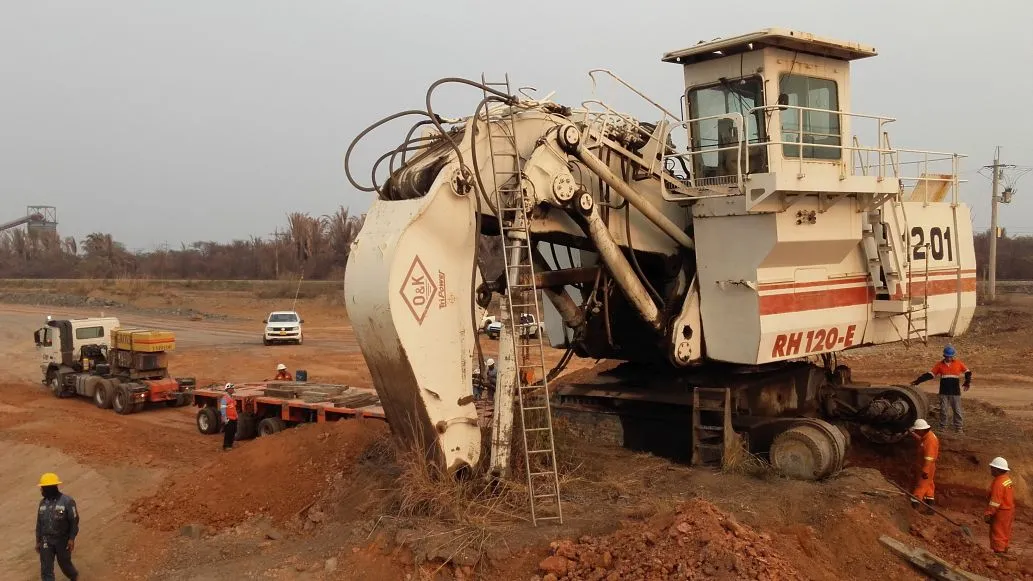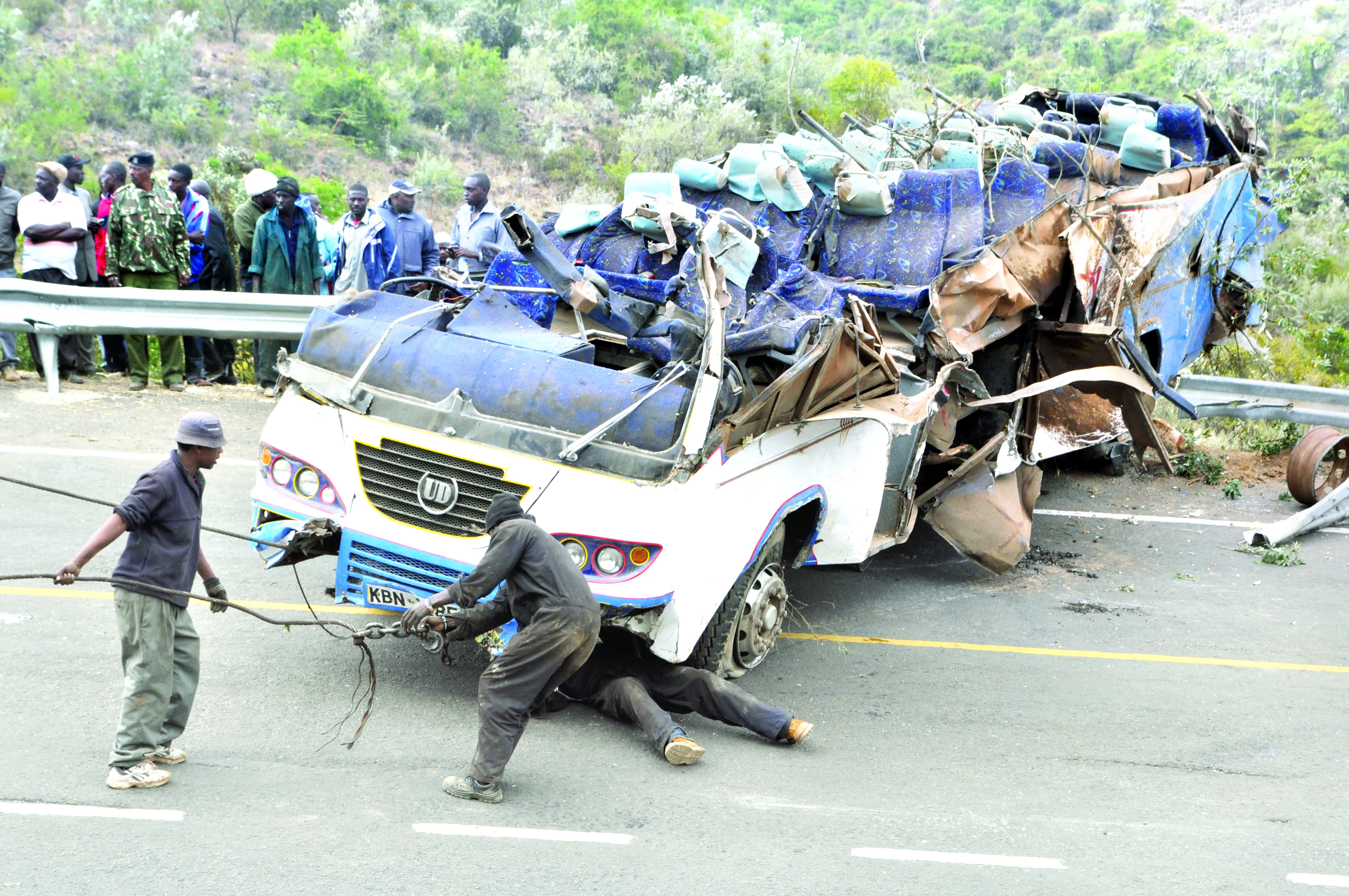
J-Tech has launched LaneBlade, a truck-mounted tool that clears road crash debris quickly and safely with no need for personnel to be on the highway.
The issue of crash debris is more serious than most drivers realise. According to AAA - American Automobile Association - between 2011-2014, road debris was a factor in more than 200,000 police-reported crashes in the US, resulting in around 39,000 injuries and 500 deaths.
The hydraulically operated LaneBlade is mounted on the front of service vehicles that assist travellers who have broken down on high-speed expressways. Debris removal can now be done by a single operator who can respond and remove debris quickly and safely while on patrol. This helps limit traffic congestion and keeps traffic moving without the need to close down tunnels, roadways or lanes.
No more dangerous ‘look-and-leap’ between gaps in traffic. The LaneBlade makes easy work of debris clearance, especially debris that would be hard to get to on foot without closing lanes. “This will revolutionise the way state transportation departments and tollways address the problem of dangerous debris on the highways,” said Fred Bergstresser, J-Tech’s new product development manager.
“We have all seen debris appear instantly right in our path. The job of plucking that debris out of fast traffic lanes has always been a challenge,” he said. “The LaneBlade can help mitigate that danger and do it quickly. J-Tech worked closely with a local tollway to develop this product.”
The LaneBlade has a handheld, dash-mounted control to raise or lower the unit and safely remove hazardous debris – all done from the safety of the cab. LaneBlade features heavy duty powder-coated steel construction and is equipped with a speed limiter to ensure safe operation. The in-cab monitor and the 1080p infrared cameras featured on each wing can be paired with an optional DVRs – digital video recorders - and telematics device with remote viewing. The company says that this make the LaneBlade a safe, effective and essential tool for virtually any roadway maintenance organisation.
For a demonstration video of how the LaneBlade works, click here.
Other products by J-Tech, based in the US state of Pennsylvania, include the J-Tech TMA, a truck-mounted attenuator, sometimes called a crash truck, that the company launched in 2007.








